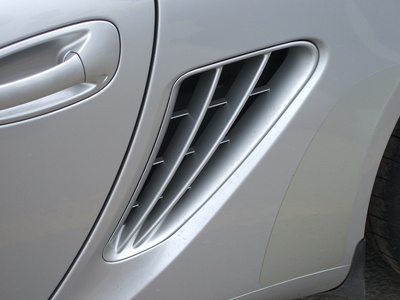
Many Chevrolet Venture vans have air conditioning in the front and rear of the passenger compartment. These vans have an evaporator under the dashboard as well one in the rear of the vehicle, to absorb heat from the air in the passenger compartment. The refrigerant in the A/C system transfers heat energy from the passenger compartment to the outside air, cooling the passenger compartment.
The Chevy Venture air conditioning system uses R-134a refrigerant whether it has a rear A/C unit or not. R-134a refrigerant is one of the more common refrigerants used in modern vehicles and less harmful to the environment than previous chemicals. R-12 was the common refrigerant in older vehicles. R-12 is not compatible with R-134a components and should never replace R134a. The O-rings and other seals in the A/C system of a Chevy Venture van will not withstand R-12 refrigerant.
The A/C system has the following parts: compressor, condensor, evaporator, receiver-dryer, refrigerant filter and expansion tube. The evaporators in the Chevy van with rear A/C are in the passenger compartment, while the condensor is a small A/C radiator in the engine compartment near the main engine cooling radiator. The compressor drives refrigerant through the system and the receiver-dryer filters out any water that may have entered the system.
Manufacturers developed R-134A refrigerant to replace R-12A, or Freon-12, scientifically proven to be harmful to the Earth's protective ozone layer. While R-134A may not have a significant effect on the ozone, it is likely very significant in contributing to the greenhouse effect and global warming. California plans to phase out sales of R-134A to non-professionals to prevent unintended discharge to the environment during A/C repairs. The European Union plans to outlaw R-134A in 2011.
The Material Safety Data Sheet describes R-134A as not acutely toxic to humans or animals, but it will cause symptoms of asphyxiation, loss of coordination, increased pulse rate and deeper respiration. This is due to the fact that it is heavier than air and will sink to the bottom of one's lungs if inhaled. Cardiac arrhythmia may occur at higher concentrations in the lungs .